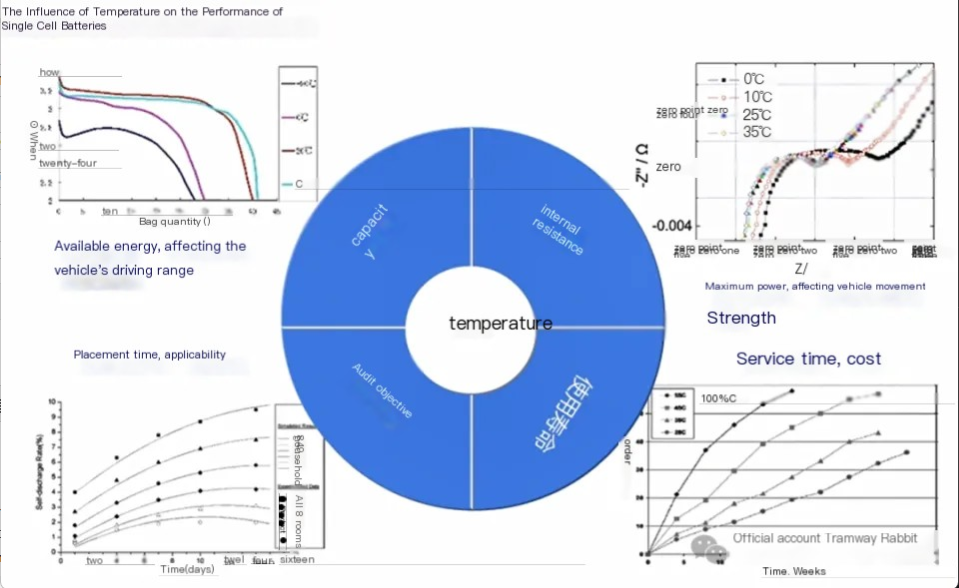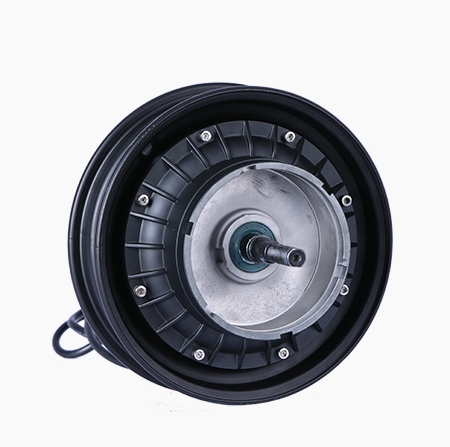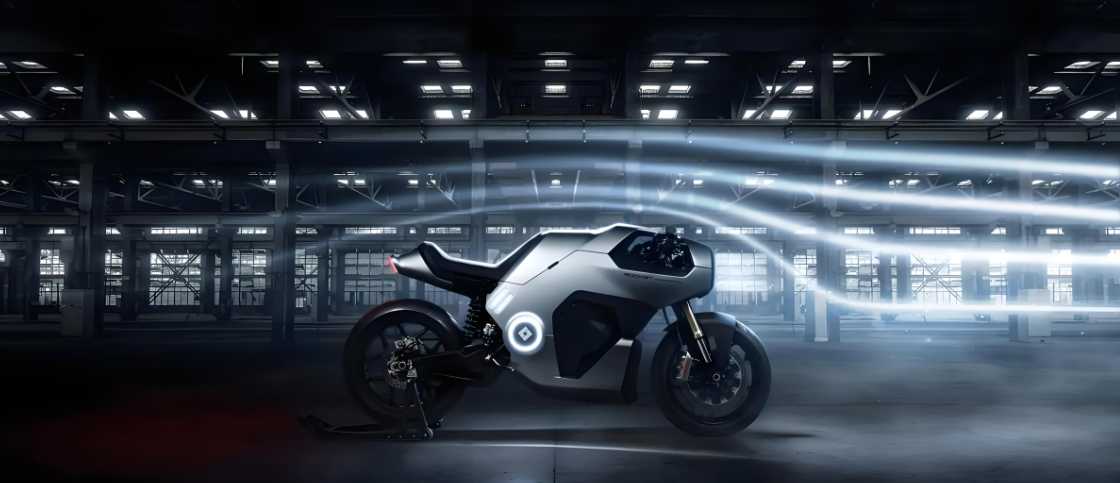
electric motorcycles (e-motos) have revolutionized urban mobility, but understanding their real-world range is crucial for planning trips and avoiding range anxiety. This article explains how to calculate e-moto Driving Range(range)using battery capacity, motor power, and speed, while considering practical factors that affect performance.
---
1. The Core Formula: Combining Battery, Motor, and Speed
The Driving Range of an e-moto can be estimated using a simple formula:
Range (km) = (Battery Voltage × Battery Capacity × Speed) ÷ Motor Power
Example Calculation:
- 48V 20Ah battery, 400W motor, 25 km/h speed:
`(48 × 20 × 25) ÷ 400 = 60 km`
- 72V 32Ah battery, 1000W motor, 58 km/h speed:
`(72 × 32 × 58) ÷ 1000 ≈ 134 km`
This formula assumes optimal conditions (new battery, flat terrain, moderate weight).
---
2. Key Factors Influencing Range
While the formula provides a baseline, real-world续航里程is affected by:
- Battery Type & Age:
- Lead-acid batteries (e.g., 48V20Ah) degrade faster than lithium-ion (e.g., graphene 48V38Ah) .
- Older batteries or those frequently deep-discharged will deliver shorter ranges .
- Motor Efficiency:
- Higher-wattage motors (e.g., 1200W) consume more energy but offer faster speeds .
- Matching motor power to battery capacity ensures optimal performance (e.g., 72V38Ah battery for 1200W motor) .
- Speed & Terrain:
- Higher speeds increase energy consumption (e.g., 40 km/h vs. 25 km/h) .
- Hills and rough roads reduce range by up to 30% .
- Environmental Conditions:
- Temperatures below 25°C reduce battery capacity (e.g., winter range is 60% of summer) .
---
3. Practical Application: Choosing the Right Battery
To achieve target Driving Range, select batteries based on:
- 48V e-motos (e.g., urban commutes):
- 50 km range: 48V20Ah lead-acid or 48V14Ah graphene .
- 100 km range: 48V38Ah graphene .
- 60V/72V e-motos (e.g., highway use):
- 100 km range: 60V23Ah or 72V32Ah graphene .
---
4. Enhancing Range: Tips & Tricks
- Optimize Driving Habits:
- Maintain匀速(e.g., 30-40 km/h)and avoid rapid acceleration/deceleration .
- Use regenerative braking where available .
- Lighten the Load:
- Remove unnecessary cargo and avoid overloading .
- Temperature Management:
- Store batteries in a cool place and avoid extreme cold .
---
5. Conclusion
The Driving Range of an e-moto is determined by the interplay of battery capacity, motor power, and speed. While the formula provides a useful estimate, real-world performance depends on battery health, terrain, and user behavior. By understanding these factors and choosing compatible components, riders can maximize their e-moto’s range and efficiency.
*For deeper insights, explore battery-motor matching and Energy loss coefficients*











